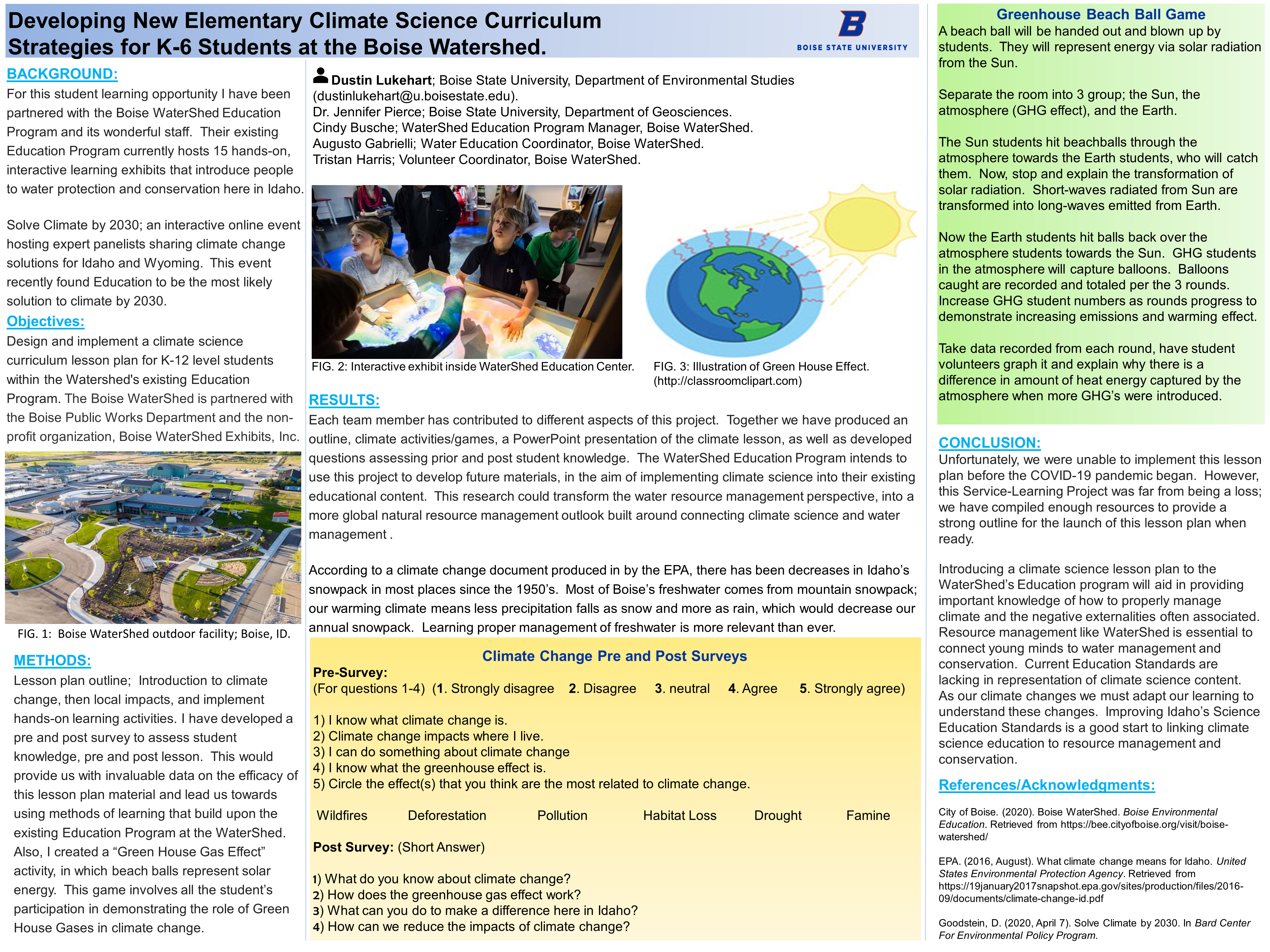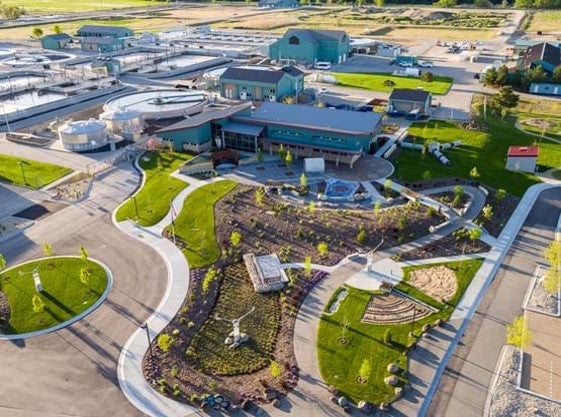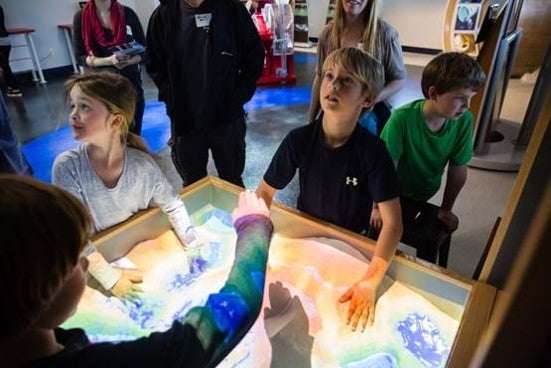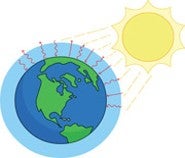Dustin Lukehart, Dr, Jen Pierce, Cindy Busche, Augusto Gabrielli, Tristan Harris

Background
For this student learning opportunity I have been partnered with the Boise WaterShed Education Program and its wonderful staff. Their existing Education Program currently hosts 15 hands-on, interactive learning exhibits that introduce people to water protection and conservation here in Idaho.
Solve Climate by 2030; an interactive online event hosting expert panelists sharing climate change solutions for Idaho and Wyoming. This event recently found Education to be the most likely solution to climate by 2030.
Objectives

Design and implement a climate science curriculum lesson plan for K-12 level students within the Watershed’s existing Education Program. The Boise WaterShed is partnered with the Boise Public Works Department and the non-profit organization, Boise WaterShed Exhibits, Inc.
Methods
Lesson plan outline; Introduction to climate change, then local impacts, and implement hands-on learning activities. I have developed a pre and post survey to assess student knowledge, pre and post lesson. This would provide us with invaluable data on the efficacy of this lesson plan material and lead us towards using methods of learning that build upon the existing Education Program at the WaterShed.
Also, I created a “Green House Gas Effect” activity, in which beach balls represent solar energy. This game involves all the student’s participation in demonstrating the role of Green House Gases in climate change.
Results

Each team member has contributed to different aspects of this project. Together we have produced an outline, climate activities/games, a PowerPoint presentation of the climate lesson, as well as developed questions assessing prior and post student knowledge. The WaterShed Education Program intends to use this project to develop future materials, in the aim of implementing climate science into their existing educational content. This research could transform the water resource management perspective, into a more global natural resource management outlook built around connecting climate science and water management .

(http://classroomclipart.com)
According to a climate change document produced in by the EPA, there has been decreases in Idaho’s snowpack in most places since the 1950’s. Most of Boise’s freshwater comes from mountain snowpack; our warming climate means less precipitation falls as snow and more as rain, which would decrease our annual snowpack. Learning proper management of freshwater is more relevant than ever.
Climate Change Pre and Post Surveys
Pre-Survey:
(For questions 1-4) (1. Strongly disagree 2. Disagree 3. neutral 4. Agree 5. Strongly agree)
- I know what climate change is.
- Climate change impacts where I live.
- I can do something about climate change
- I know what the greenhouse effect is.
- Circle the effect(s) that you think are the most related to climate change. (Wildfires, Deforestation, Pollution, Habitat Loss, Drought, Famine)
Post Survey: (Short Answer)
- What do you know about climate change?
- How does the greenhouse gas effect work?
- What can you do to make a difference here in Idaho?
- How can we reduce the impacts of climate change?
Greenhouse Beach Ball Game
A beach ball will be handed out and blown up by students. They will represent energy via solar radiation from the Sun.
Separate the room into 3 group; the Sun, the atmosphere (GHG effect), and the Earth.
The Sun students hit beachballs through the atmosphere towards the Earth students, who will catch them. Now, stop and explain the transformation of solar radiation. Short-waves radiated from Sun are transformed into long-waves emitted from Earth.
Now the Earth students hit balls back over the atmosphere students towards the Sun. GHG students in the atmosphere will capture balloons. Balloons caught are recorded and totaled per the 3 rounds. Increase GHG student numbers as rounds progress to demonstrate increasing emissions and warming effect.
Take data recorded from each round, have student volunteers graph it and explain why there is a difference in amount of heat energy captured by the atmosphere when more GHG’s were introduced.
Conclusion
Unfortunately, we were unable to implement this lesson plan before the COVID-19 pandemic began. However, this Service-Learning Project was far from being a loss; we have compiled enough resources to provide a strong outline for the launch of this lesson plan when ready.
Introducing a climate science lesson plan to the WaterShed’s Education program will aid in providing important knowledge of how to properly manage climate and the negative externalities often associated. Resource management like WaterShed is essential to connect young minds to water management and conservation. Current Education Standards are lacking in representation of climate science content. As our climate changes we must adapt our learning to understand these changes. Improving Idaho’s Science Education Standards is a good start to linking climate science education to resource management and conservation.
References and Acknowledgements
- City of Boise. (2020). Boise WaterShed. Boise Environmental Education. Retrieved from https://bee.cityofboise.org/visit/boise-watershed/
- EPA. (2016, August). What climate change means for Idaho. United States Environmental Protection Agency. Retrieved from https://19january2017snapshot.epa.gov/sites/production/files/2016-09/documents/climate-change-id.pdf
- Goodstein, D. (2020, April 7). Solve Climate by 2030. In Bard Center For Environmental Policy Program.
Additional Information
For questions or comments about this research, contact Dustin Lukehart at dustinlukehart@u.boisestate.edu.